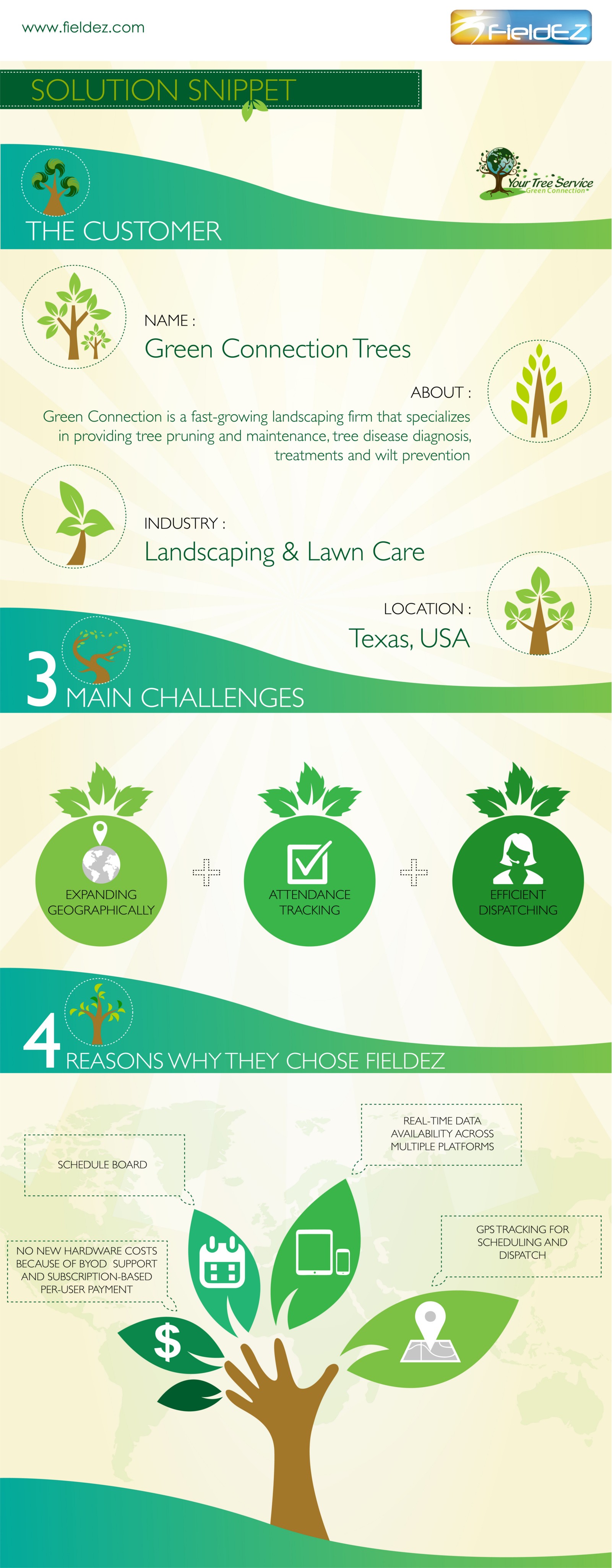Post-Tree Elimination Treatment: How To Restore Your Landscape Efficiently
Post-Tree Elimination Treatment: How To Restore Your Landscape Efficiently
Blog Article
Authored By-Graham McCollum
After a tree's removal, your landscape may look rather different, and it's vital to evaluate the consequences carefully. You'll want to review the dirt disruption and check surrounding plants for any kind of signs of stress. Overlooking these aspects can bring about larger issues down the line. So, what should you do with those stumps and roots? And exactly how do you choose the best plants for your rejuvenated room? Allow's check out these important steps.
Evaluating the Results: Reviewing Your Landscape
After a tree removal, it's critical to evaluate your landscape to understand the influence it carries your lawn.
Beginning by examining the area where the tree stood. Try to find indicators of dirt disturbance, and examine the surrounding plants for any type of stress and anxiety or damages.
You need to additionally remember of just how the elimination has actually transformed sunshine exposure and air flow in your yard. This shift can affect the development of nearby plants, so it's vital to assess their wellness.
Consider the aesthetic facets too; the elimination may produce an open space that you can upgrade.
Lastly, think of any potential disintegration problems that may arise from the tree's lack. Resolving these factors early will aid restore balance to your landscape.
Taking care of Stumps and Origins: Options for Elimination
As soon as you've evaluated the after-effects of the tree elimination, you'll likely require to deal with the stump and origins left.
You have a couple of options for elimination. One effective approach is stump grinding, where a professional uses a device to grind the stump down to underground level. This method leaves marginal interruption to your landscape.
If How To Prune Fig Trees In Pots favor a do it yourself approach, you can use a mix of digging and chemical stump cleaners. Simply keep in mind, this process can require time and initiative.
Conversely, think about leaving the stump as an all-natural function, which can act as a distinct garden element or environment for wild animals.
Whatever you choose, addressing the stump and roots is essential for restoring your landscape.
Choosing the Right Plants for Your New Space
As you analyze your newly removed space, selecting the right plants can substantially enhance your landscape's beauty and functionality.
Begin by thinking about the sunlight and dirt conditions. For bright areas, choose drought-resistant plants like lavender or succulents. In shaded areas, brushes and hostas flourish well.
Think of the size and growth routines of your plants; mix perennials and annuals for seasonal range. Do not neglect to include native varieties; they require less maintenance and assistance local wildlife.
Group plants in strange numbers for a more natural look and produce layers for aesthetic depth.
Lastly, guarantee you have a mix of shades and structures to maintain your landscape lively throughout the periods.
Satisfied growing!
Final thought
In conclusion, restoring your landscape after tree removal is a rewarding procedure. By assessing https://getridoftreestumps83949.blog-mall.com/35912622/an-all-inclusive-guide-to-tree-elimination-prices-outlines-essential-budgeting-recommendations-for-your-landscaping-projects-find-the-elements-that-can-affect-your-expenses , addressing stumps and origins, and choosing the right plants, you'll develop a flourishing environment. Don't neglect to incorporate erosion control actions to protect your dirt. With a little initiative and treatment, you can change your room right into a dynamic yard that enhances your residential property. Accept the chance to revitalize your landscape and delight in the charm of nature right in your yard!
